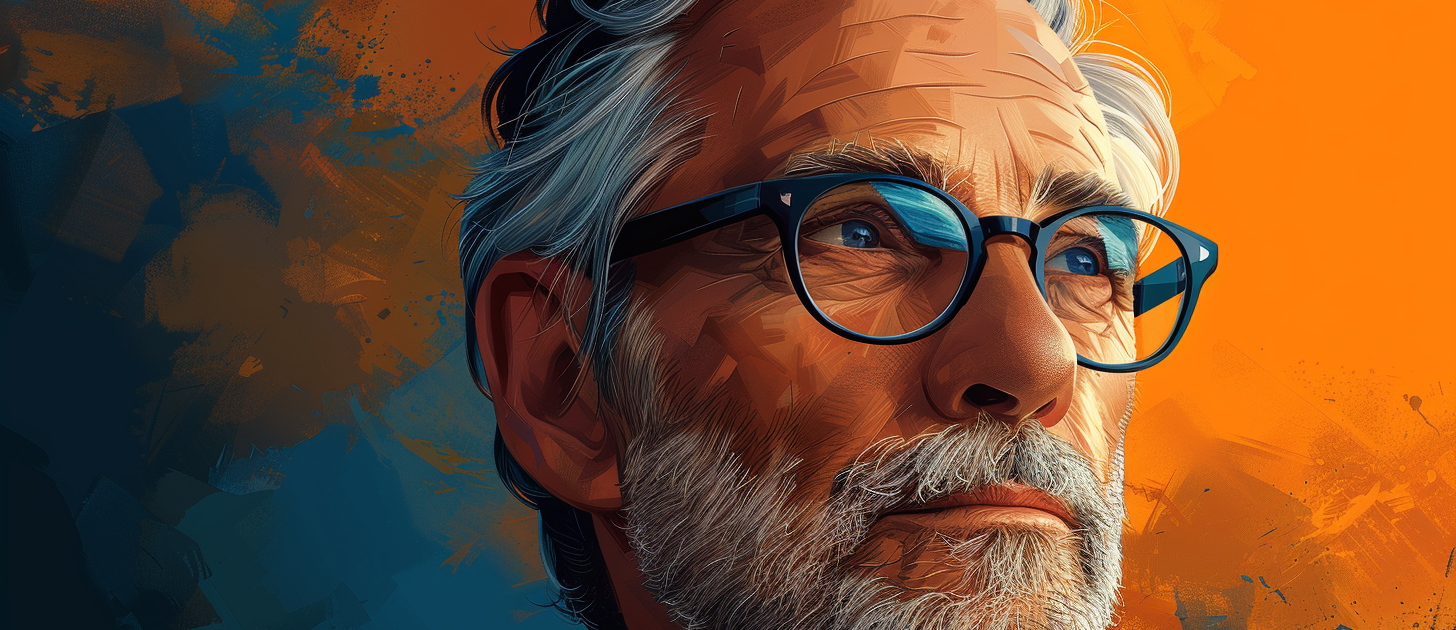Defining the Executive Headshot
In the modern landscape of professional branding, the executive headshot stands as a crucial element in communicating an individual’s competence, credibility, and character. But what exactly defines an executive headshot, and why is it so integral to personal and professional success?
At its core, an executive headshot is a carefully crafted photograph that captures the essence of an individual in a professional context. Unlike traditional portraits, which may focus solely on physical appearance, an executive headshot goes beyond surface-level aesthetics to convey a deeper narrative about the subject’s expertise, personality, and values.
The executive headshot serves as a visual representation of an individual’s professional brand. It’s not just a picture; it’s a strategic asset that communicates important messages to key stakeholders, such as clients, colleagues, investors, and industry peers. Whether featured on a company website, social media profile, or marketing collateral, the executive headshot serves as a powerful tool for making a memorable first impression and establishing credibility in the minds of viewers.
But what sets an executive headshot apart from other types of professional photography? One defining characteristic is its focus on professionalism and authority. Unlike casual or lifestyle portraits, which may emphasize spontaneity and personal expression, the executive headshot prioritizes a polished and professional appearance. This includes considerations such as attire, grooming, posture, and facial expression, all of which contribute to projecting an image of confidence, competence, and trustworthiness.
Furthermore, an executive headshot is typically shot against a clean and uncluttered background, ensuring that the viewer’s attention remains squarely on the subject. The composition is often tightly cropped, placing emphasis on the subject’s face and upper body while minimizing distractions. Lighting is another crucial element, with careful attention paid to illuminating the subject’s features in a flattering and natural manner.
B. Key Elements of a Successful Executive Headshot
Capturing a successful executive headshot requires careful attention to detail and an understanding of the key elements that contribute to its effectiveness. From composition and lighting to expression and demeanor, each element plays a crucial role in conveying the subject’s professionalism and personality. Here are some key elements to consider when creating a successful executive headshot:
- Professional Appearance: The subject should be dressed in attire that reflects their industry and position within the organization. Clothing should be clean, well-fitted, and appropriate for the context in which the headshot will be used.
- Confident Demeanor: The subject should exude confidence and approachability in their posture and expression. A relaxed yet authoritative demeanor can help establish trust and credibility with the viewer.
- Natural Expression: Genuine smiles and relaxed facial expressions are essential for conveying authenticity and warmth in the headshot. Encourage the subject to relax and be themselves during the shoot to capture their true personality.
- Clean Background: The background should be simple and uncluttered, with minimal distractions that could draw focus away from the subject. A neutral backdrop, such as a solid color or subtle texture, works best for keeping the viewer’s attention on the subject.
- Proper Lighting: Lighting plays a critical role in shaping the mood and atmosphere of the headshot. Soft, diffused lighting is ideal for creating flattering portraits with minimal harsh shadows. Avoid harsh overhead lighting or direct sunlight, as these can create unflattering shadows and highlights on the subject’s face.
- Composition: The composition of the headshot should be well-balanced and visually appealing. The subject’s face should be the focal point of the image, with the eyes typically positioned near the upper third of the frame. Consider experimenting with different angles and perspectives to find the most flattering composition for the subject.
- Post-Processing: While it’s essential to capture a well-exposed and properly composed image in-camera, post-processing can further enhance the final result. Light retouching to smooth out skin imperfections and enhance facial features can help create a polished and professional appearance without appearing overly airbrushed or artificial.
- Consistency: If the headshot will be used across multiple platforms or marketing materials, consistency is key. Ensure that the style, composition, and overall aesthetic of the headshot align with the subject’s personal brand and the branding guidelines of their organization.
By paying careful attention to these key elements, photographers can create executive headshots that effectively communicate the subject’s professionalism, personality, and expertise. Whether used for corporate websites, LinkedIn profiles, or marketing materials, a successful executive headshot can make a powerful impression and leave a lasting impact on viewers.

